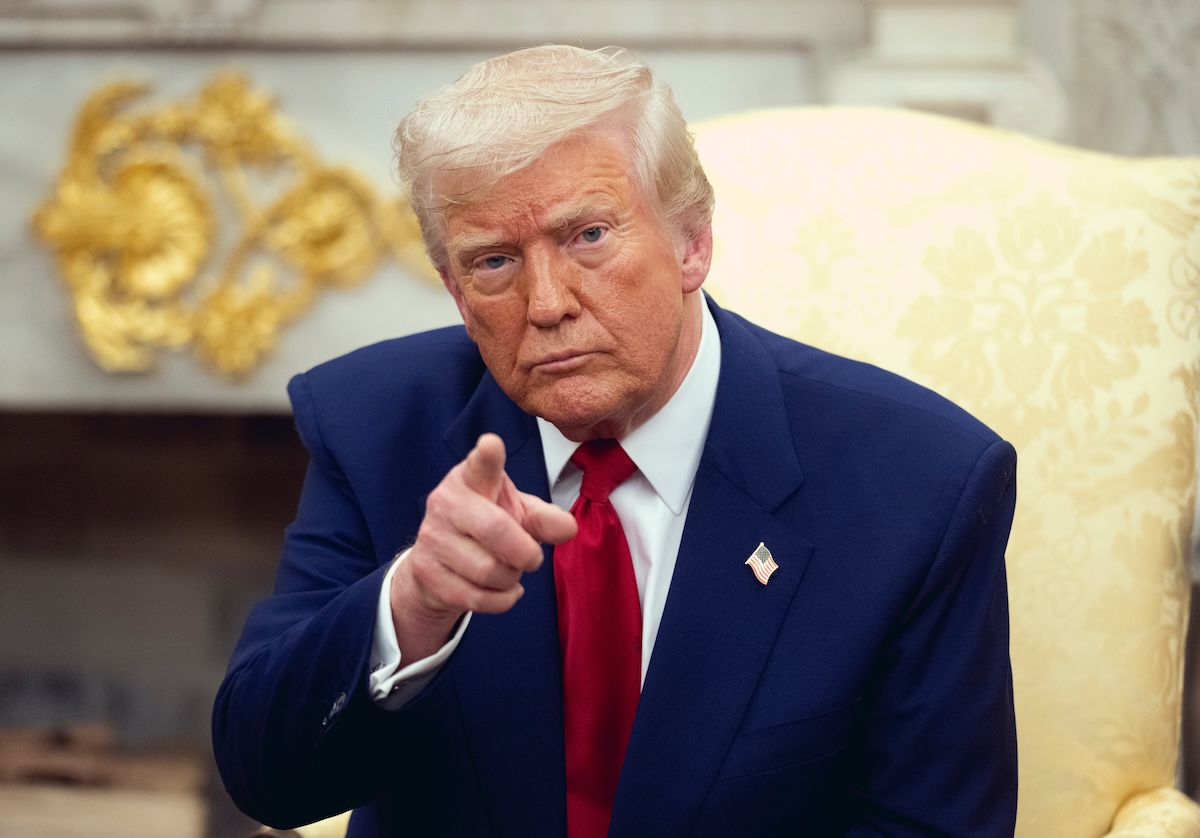
Shortly after levying his “Liberation Day” reciprocal tariffs across much of the world in April, President Trump was forced to back down and issue a 90-day pause after a bond-market rebellion caused a market upheaval.
Trump left a 10% tariff in place for most U.S. trading partners while the countries began negotiating on new trade deals.
And after levying a staggering 145% tariff on China, Trump lowered it to 30% after the two countries reached a temporary truce in May, a deal that included China lowering its tariff on the U.S. to 10% from 125%.
But with the 90-day pause that Trump issued set to expire on July 9, anyone hoping that the Trump administration might backtrack on the tariffs for the good of the global economy will be sorely disappointed.
In an interview with Yahoo Finance’s Opening Bid last week, Council of Economic Advisers chairman Stephen Miran indicated that the tariffs will not go any lower than they are since Trump issued the pause.
“I don’t know that I think the tariff rates are going to go inaggregate materially below where they are now,” he said. “And so while I can imagine maybe a few countries making such aggressive concessions they convince the president to lower tariffs below 10%, I don’t necessarily see that being the case across all countries.”
It’s unclear whether any countries are in fact making these “aggressive concessions” in the ongoing trade deals, but it seems unlikely.
However, Miran suggested that the July 9 deadline might not be set in stone for trade partners that are making progress in their negotiations with the U.S.
"My expectation would be that for countries that are negotiating in good faith and making progress, that rolling back the deadline makes sense," he said. "I mean, you don't blow up a deal that's that's in process and making really good faith, sincere, authentic progress by dropping a tariff bomb in it."
Trade negotiations could extend throughout the summer
U.S. Treasury Secretary Scott Bessent seemed to echo this sentiment when he said in an interview with Fox Business on Friday that “we have countries approaching us with very good deals,” but they might not be wrapped up by Trump’s imposed deadline.
Commerce Secretary Howard Lutnick said a day earlier that “the White House has imminent plans to reach agreements with 10 major trading partners” by the July 9 as Bloomberg reported.
However, that number falls short of all the countries its neegotioating with at the moment.
“If we can ink 10 or 12 of the important 18 — there are another important 20 relationships — then I think we could have trade wrapped up by Labor Day,” Bessent said.
In other words, some of the trade negotiations may stretch on through the Labor Day holiday in the U.S., which falls on Sept. 1 this year.
While corporate earnings have remained strong through the first part of the year despite the tariffs, many companies are still bracing for the impact that Trump’s tariffs will have on their bottom line once the dust settles.
This is especially the case for companies operating in the retail and consumer goods spaces – many of whom have supply chains in China, Vietnam, and other Asian countries that could still suffer significant trade levies.
In fact, Nike CFO Matt Friend said on a call with analysts last week that the company expects a gross incremental cost increase of about $1 billion in fiscal 2026.
Approximately 16% of Nike’s supply chain is currently in China, although the company intends to lower that into the single digits by the end of the current fiscal year, according to Friend.
“Despite the current elevated tariffs for Chinese products imported into the United States, manufacturing capacity and capability in China remains important to our global source base,” he said on the call.
Your email address will not be published. Required fields are markedmarked